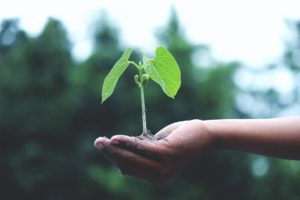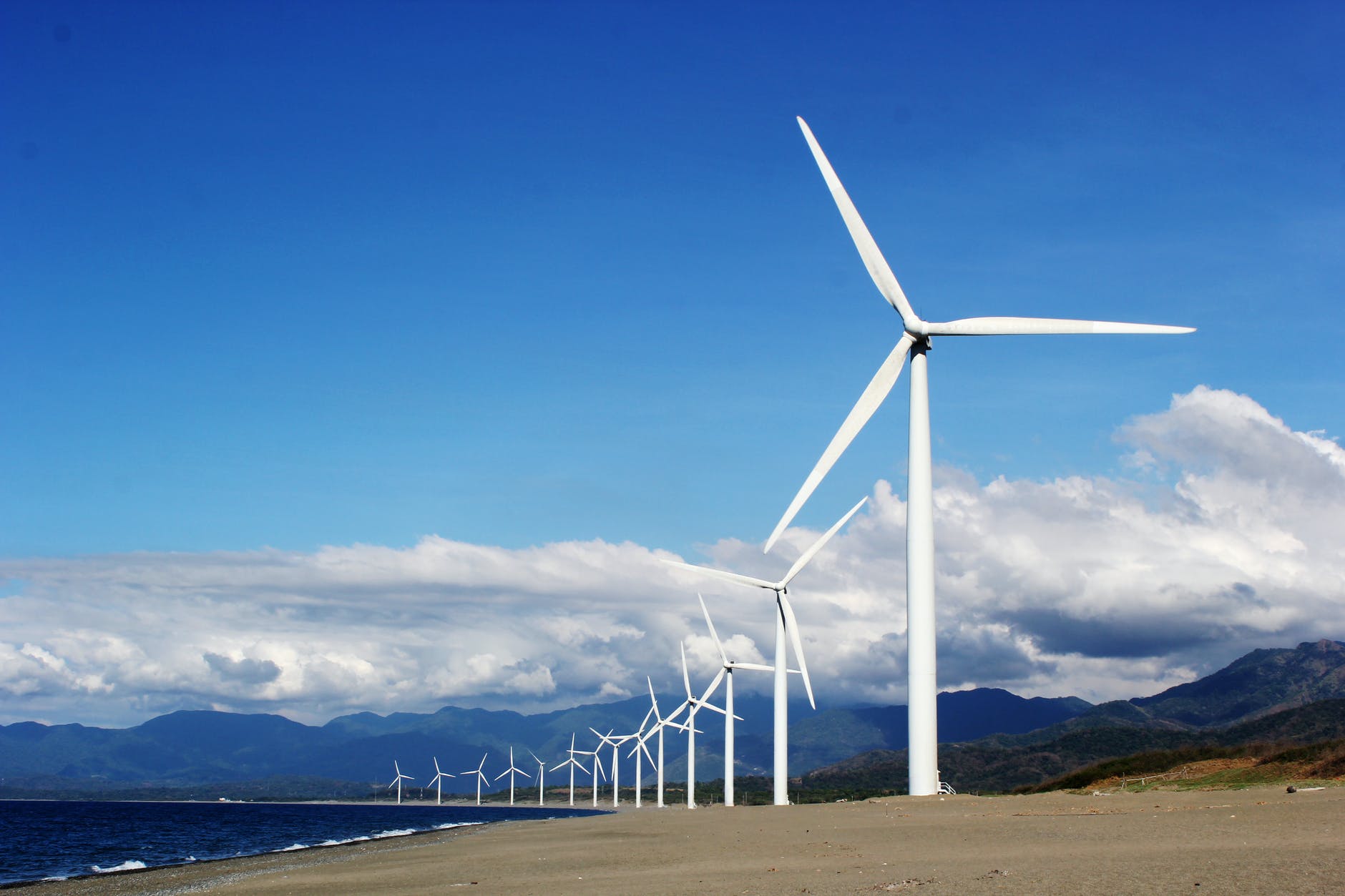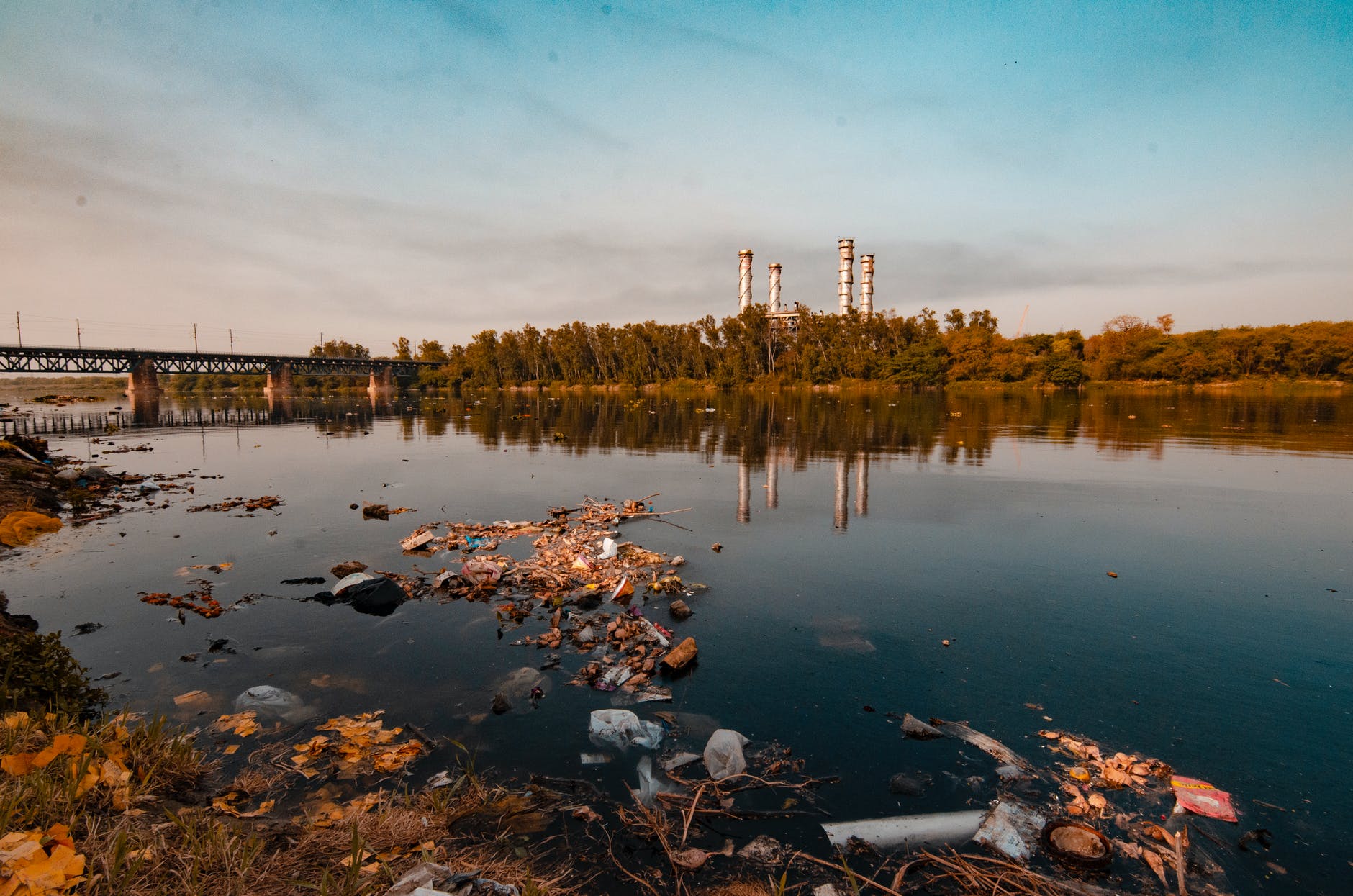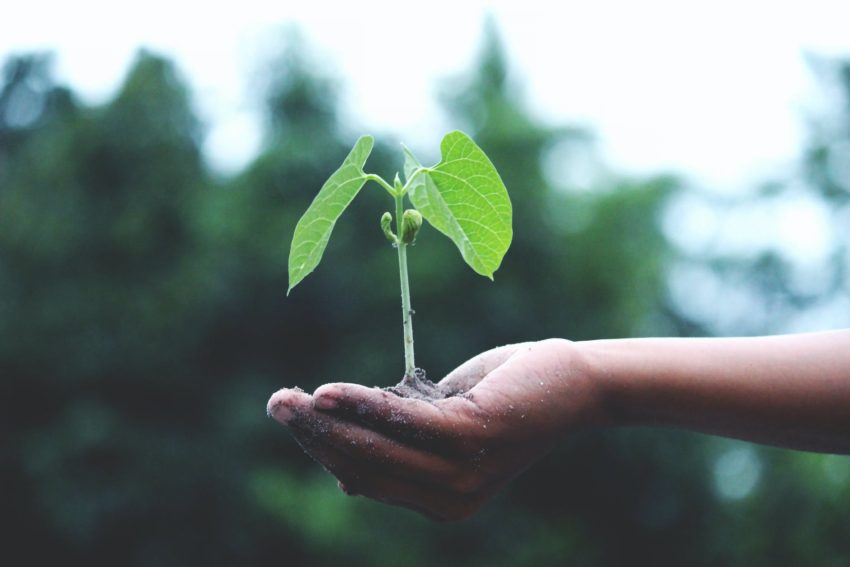Sustainability is one of those buzzwords thrown around everywhere in discussions about climate change and the environment. So I thought it was essential to include a quick definition of sustainability on my blog to refer back to if you need it.

Definition: Sustainability
One of the most commonly used definitions of sustainability comes from the Brundtland Report, AKA, ‘Our Common Future.
“Sustainable development is development that meets the needs of the present without compromising the ability of future generations to meet their own needs.”
The Bruntland Report, 1987
Sustainable Development Goals (SDGs)
In 2015, the UN introduced the Sustainable Development Goals (SDGs). The SDGs consist of 17 goals and 169 targets that the United Nations Member states aim to meet. The goals set out an urgent call for action that aims to:
“… prove health and education, reduce inequality, and spur economic growth – all while tackling climate change and working to preserve our oceans and forests.”
Source: UN
The 17 SDGs are:
- No Poverty
- Zero Hunger
- Good Health and Well-being
- Quality Education
- Gender Equality
- Clean Water and Sanitation
- Affordable and Clean Energy
- Decent Work and Economic growth
- Industry, Innovation and Infrastructure
- Reduced Inequalities
- Sustainable Cities and Communities
- Responsible Consumption
- Climate Action
- Life Below Water
- Life on Land
- Peace, Justice and Strong Institutions
- Partnerships for the Goals
For more information on the UN’s SDGs, check out their website.


Are the SDGs a good way of measuring sustainable development?
Yes:
- Provides a tangible set of goals
- Provides actionable targets for governments, NGOs and corporations
- Universal targets that almost all countries have agreed too
No
- The goals are very generalised. They are not customised or specific to different countries, cities and towns. Therefore they are hard to implement locally.
- No one met the Millenium Development goals (The goals that pre-dated the SDGs), so what makes the SDGs different?
- The goals are a westernised view of development and sustainability.
- The goals are non-binding. There is no incentive or consequence for not meeting the goals.
- The goals are hard to measure. There is no universal measurement or monitoring system, making it impossible to track progress.
- Each country has to set their strategy to meet the SDG goals. In addition, each country has different resources to help implement the goals successfully.

1 thought on “What is sustainability?”
Comments are closed.